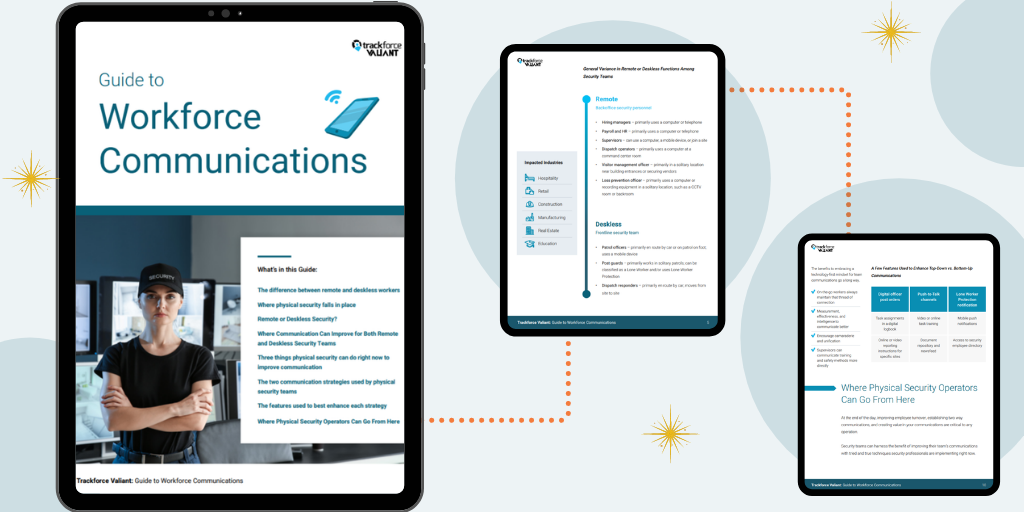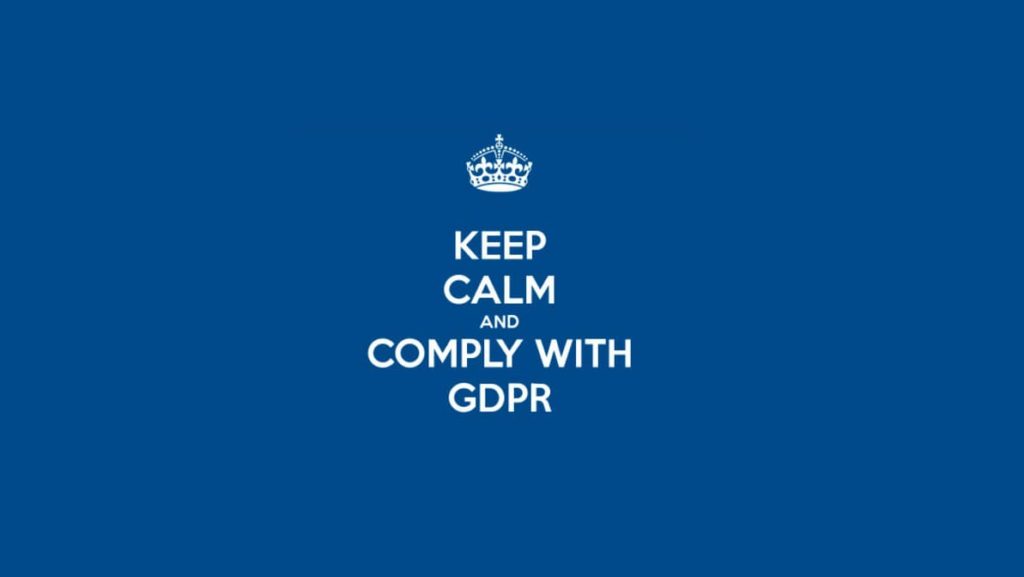Risk is unavoidable. When your team is tasked to do its job but isn’t prepared to handle assets correctly, then your business is at risk. You can take actions to make sure your team can manage assets as they should.
In this article, we’ll break down 4 ways your team can better manage assets.
1. Have a risk management plan
Any physical security company, even if it’s large or enterprise level, needs a risk management plan. But, before making a plan, you have to do a risk assessment.
A risk assessment for risk management is critical. It helps you maintain compliance when managing assets and helps you keep your contracts.
For a good risk assessment, here are a few tips for your team to REACT.
R – Research which assets are risky and look to see how others handle them. This will help when you evaluate the current “state” of your assets.
E – Evaluate how each asset should be used and create ground rules for your officers.
A – Assess any safety protocols connected to asset use. This will help you make sure your team knows how to respond if an incident happens.
C – Comply with state and federal guidelines on how to manage high stake assets, like firearms, or other assets, and know your neighborhood.
H – Hone your technology stack. This means see what works and where you can improve your technology.
2. Organize High Stake Assets
High stake assets can be different for every business but there are still some things to consider. The first is to define what high stake equipment is to your company. Here are 3 categories.
- Armed weapons: Mismanagement of armed weapons is dangerous. If your team is unskilled in proper use, it can unintentionally contribute to the illegal gun possession crisis.
- Keys: Mismanagement or loss of keys can result in breach of access. This threatens internal security, perimeter security, and visitors or employees within.
- Vehicles: If your team mismanages their work vehicle, it can lead to harm.
Next, decide how high stake assets can be managed. This can be with the help of an asset management tool.
An asset management tool tracks where assets are and when they are being used by your team.
With an asset management tool, you can track assets with tags. Supervisors can then track where the asset is, who checks it out, and when it’s supposed to be returned.
3. Know Who You’re Hiring
Before having your guards manage assets, it’s important that your hiring managers properly vet your guards. This includes a proper background check. Red flags like a history of violence or assault needs to be seriously considered.
Part of having good background checks means you have to have a good background check procedure list. Making a procedure list means your hiring managers can measure up candidates based on standards that you say are “must haves”. These must have standards will be different for every company but generally mean that a candidate must meet or exceed these standards before they’re hired.
Standards can include:
- Previous work experience doing a similar role
- Clear history of violence or incarceration
- Good indication of emotional intelligence and communication skills
- Overall respect for the job duties and role
- Proper training and certifications for handling high stake assets
4. Use Technology to Manage Assets
Asset management is more than just tracking items. Good asset management also means good team training and communication practices.
Training procedures can be used to improve how your team must manage assets. With a security workforce management system, your team can have access to configurable training modules that you set up. This will help your business stay in compliance.
You can also improve asset management procedures with clear communication practices. Your team must feel comfortable communicating any wrongdoing with asset mismanagement. This means that tools like Push-to-Talk or other bottom up communication methods should be easy for your guards to access.
Corporate leaders can take charge of their organization’s information while maintaining the ecosystem by ensuring the ownership of technology. As part of any long-term strategy for the organization’s security, corporate leaders can require security firms to adhere to the tools and processes outlined in the organization’s security plan.
Safely Monitoring Your Assets – One Step at a Time
When it comes to proper asset management, security companies like you can’t take any chances. Learn more about asset management, and other ways to improve your operations, by speaking with an industry professional.




